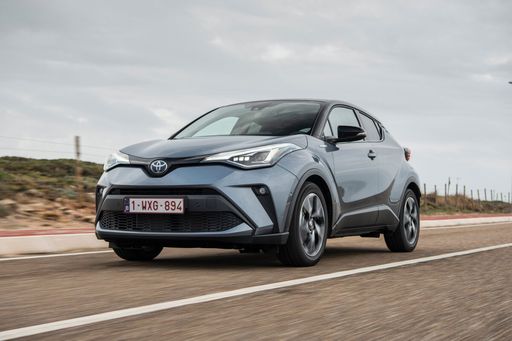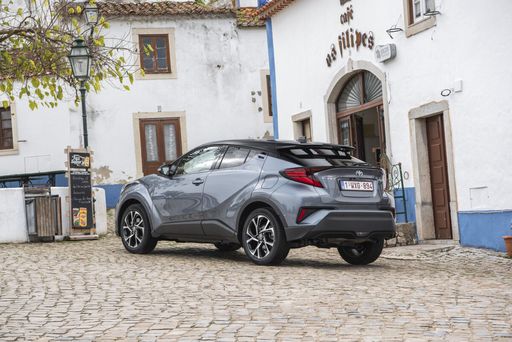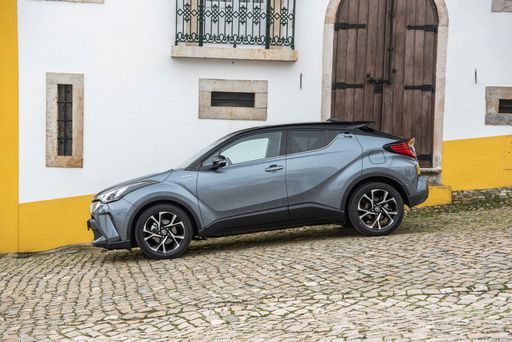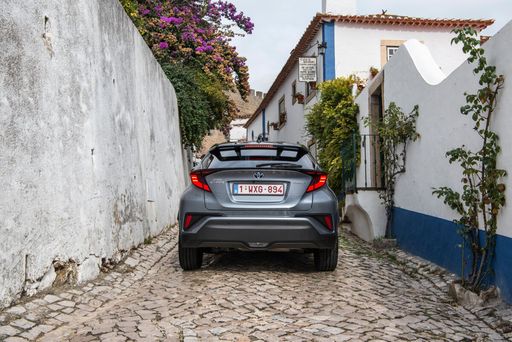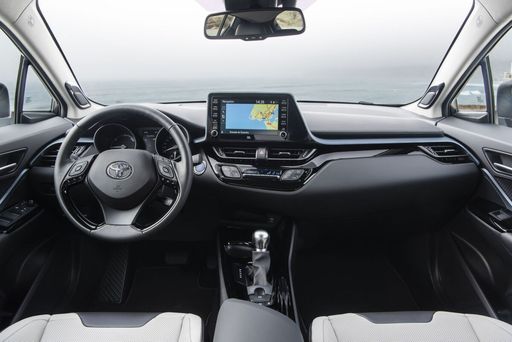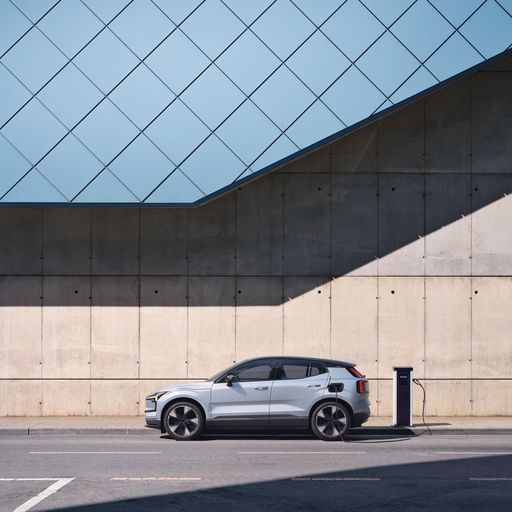A Clash of Innovation: Toyota C-HR vs. Volvo EX30
The automotive world is abuzz with excitement as two dynamic SUVs, the Toyota C-HR and the Volvo EX30, make their way into 2024 and 2025 model years. Each of these vehicles offers a unique blend of technology, performance, and comfort designed to cater to varying consumer preferences. In this article, we will explore the technical aspects and innovations that define these compelling models and help buyers consider which aligns best with their lifestyle.


